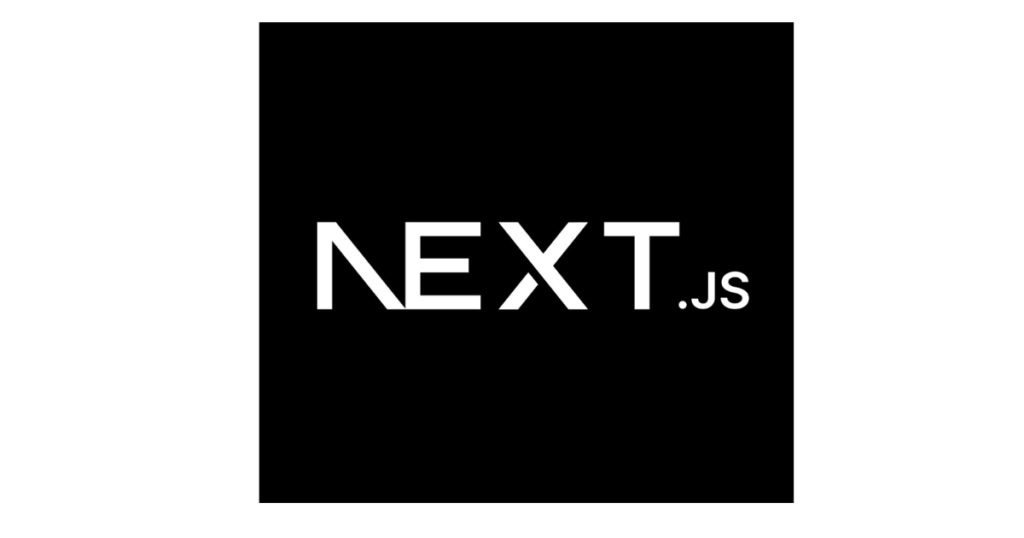What is next.js in details :
Next.js is a popular open-source framework for building web applications with React. It is maintained by Vercel and offers a set of conventions and tools to streamline the development process. Next.js provides a variety of features that make it easier to build modern, server-rendered React applications, including:
- Server-side rendering (SSR): Next.js enables server-side rendering, which means that pages can be rendered on the server and sent to the client as fully-rendered HTML. This can improve performance and SEO.
- Static site generation (SSG): Next.js supports static site generation, where pages are generated at build time and served as static files. This can be useful for content that doesn’t change frequently.
- Automatic code splitting: Next.js automatically splits the JavaScript code into smaller chunks, allowing for efficient loading of only the necessary code for each page. This can improve the initial page load time.
- Hot module replacement (HMR): Next.js supports hot module replacement, which allows developers to see the result of their changes immediately without a full page refresh during development.
- API routes: Next.js makes it easy to create API routes, allowing developers to build serverless functions that handle backend logic. These routes can be used to fetch data, perform server-side operations, and more.
- File-system-based routing: Next.js uses a file-system-based routing system, where the file structure of the
pagesdirectory defines the routes of the application. This can make it intuitive to organize and navigate the project. - Plugins and extensibility: Next.js supports a wide range of plugins and has a flexible architecture, making it easy to extend and customize the framework based on project requirements.
- Automatic code splitting: Next.js automatically splits the JavaScript code into smaller chunks, allowing for efficient loading of only the necessary code for each page. This can improve the initial page load time.
Learning Next.js involves a combination of studying its documentation, building projects, and exploring real-world examples. Here’s a step-by-step guide to help you get started:

1. Prerequisites:
Before diving into Next.js, make sure you have a good understanding of the following:
- JavaScript: Next.js is built on top of React, so a solid understanding of JavaScript is essential.
- React: Familiarize yourself with React, as Next.js is a React framework.
2. Official Documentation:
Start by going through the official documentation for Next.js. The documentation is comprehensive and well-maintained, providing in-depth information about the framework’s features, concepts, and best practices.
3. Tutorials and Courses:
Explore tutorials and courses to supplement your understanding. There are several online platforms that offer quality Next.js content. Some popular ones include:
- FreeCodeCamp: They have a comprehensive tutorial on Next.js.
- Official Next.js Tutorial: Follow the official tutorial on the Next.js website.
4. Build Projects:
The best way to learn is by doing. Start building small projects using Next.js. Gradually increase the complexity of your projects to explore different features and capabilities of the framework.
- Create a simple blog or portfolio website.
- Implement server-side rendering (SSR) and static site generation (SSG).
- Experiment with API routes for handling backend logic.
- Incorporate CSS-in-JS libraries like Styled Components or Tailwind CSS.
5. Join the Community:
Engage with the Next.js community to learn from others, ask questions, and seek help when needed. The Next.js community is active on platforms like:
- GitHub: Explore the Next.js GitHub repository.
- Stack Overflow: Search for and ask questions on Stack Overflow.
- Twitter and Forums: Follow Next.js-related accounts on Twitter, and participate in forums or discussion groups.
6. Real-world Applications:
Study real-world applications built with Next.js to gain insights into best practices and application architecture. GitHub is a great resource for finding open-source Next.js projects.
7. Deployment:
Learn how to deploy your Next.js applications. Vercel, the company behind Next.js, provides seamless deployment integration. Explore other deployment options as well.
8. Stay Updated:
Web development technologies evolve, and it’s crucial to stay updated with the latest advancements. Follow Next.js updates, releases, and community discussions to keep your knowledge current.
Remember that learning is an ongoing process, and practical experience is key. The more you build, the more confident you’ll become in using Next.js for your web development projects.
How To Download This Course:
सबसे pahle niche link दिया है usmein chek kar lena ki कोर्स hai ya nahi.Copyright आगया ho gaya hoga to link नही khuliga तो ye karna है.
Whatsapp ग्रुप join ka लिन्क bhi he apko whatsapp Group me जॉइन kar lo aur jo course फ्री चाहिए vo बनाता है.apko vo कोर्स फ़्री mein provide kara दुगाा.
♻️Share And Support us♻️
Course Teacher : – None
Course Language : English
Course Size : 6GB +
Course : next.js course
Click For Download :

password : d5L3U2qrt6X3GDIGXp9tHg
Join To Our Telegram Group :

